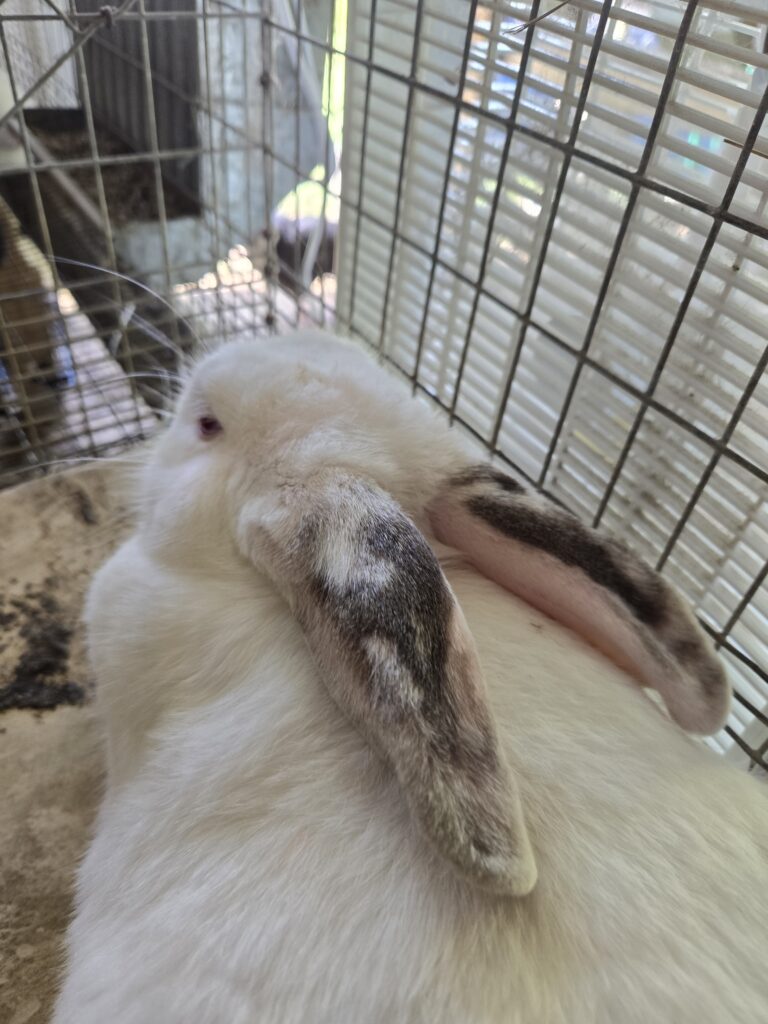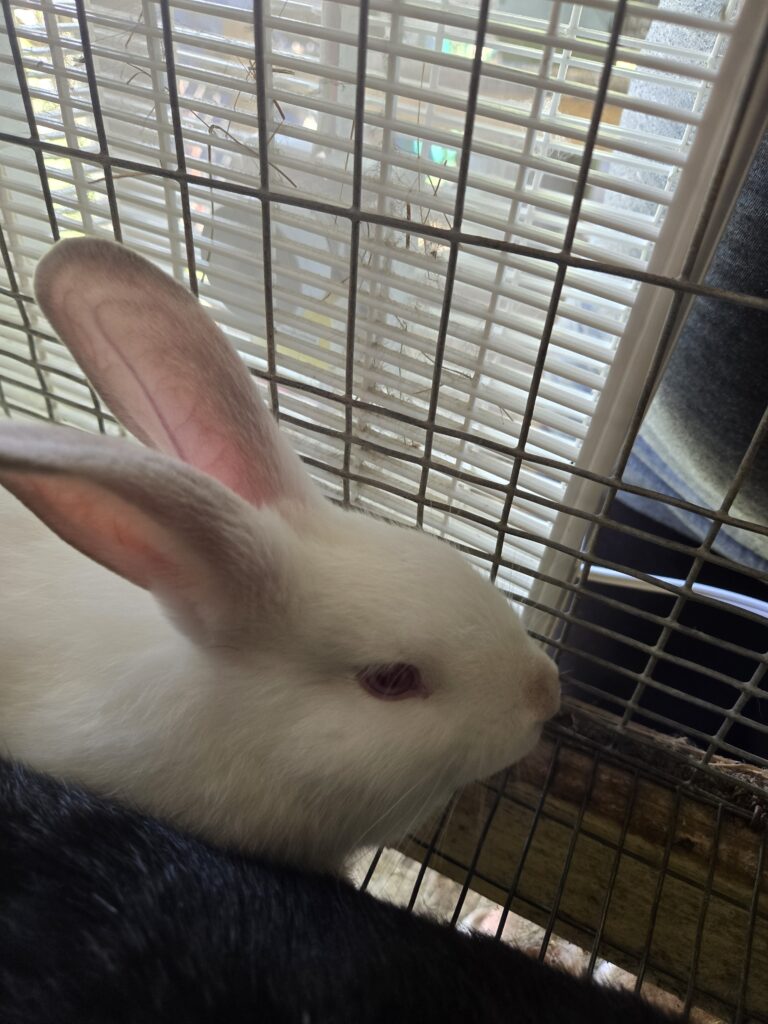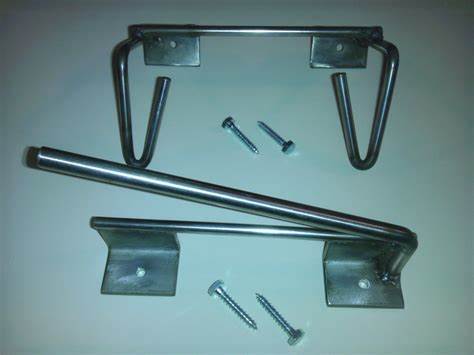
How it all began...
Our newest addition to the Mini Farm is the rabbits, and these little furry creatures have quite the unique personalities. About two years ago, I decided to become more self-sustainable when it comes to meat due to my food allergies. Knowing that raising meat goats or adding meat poultry wasn’t feasible, I turned my research towards meat rabbits.
A friend sold us two does that were four months old, and I found a buck for breeding. Given our extreme summer heat, I decided on a Tamuk breed for the buck. This breed is specially adapted to hot climates, making it ideal for year-round breeding. In contrast, northern breeds tend to suffer in our heat, with their males experiencing reduced testosterone levels and sperm counts, thus no kits during the summer. With Tamuks, I can keep our rabbit breeding program running smoothly all year long.
Our rabbits have quickly become beloved members of our Mini Farm, each with its own quirky and charming personality. We’re excited to share more about them with you and look forward to their contribution to our journey toward self-sustainability.

The Heart and Ethics of Raising Meat Rabbits on Our Mini Farm
I know it can be hard to imagine raising animals for food, but here’s how I approach the task: I have my breeding rabbits, each with their own names, and they receive plenty of pets and snuggles. Their babies, or kits, are also loved and cuddled, even though I know that within three months, they will be processed into food for both humans and dogs. Yes, our dog Zarry enjoys wholesome meat too!
This method ensures that we know exactly where our food comes from and how the animals are treated. By raising our own meat rabbits, we not only support our dietary needs but also promote a sustainable and ethical approach to meat consumption. Plus, it allows us to share this experience and knowledge with our community, offering a glimpse into self-sustainable living.
Breeding and Processing: A Humane Approach
But let’s get back to keeping rabbits. When our does were 6 months old, I was finally able to breed our Doe Abney with our Buck Dude. Dude got busy, and as promised by my research, he fell over when he was done. I couldn’t wait for the first litter to arrive. Two months later, I bred our other Doe, Ivory, with the same results. Twenty-eight days later, we had kids. Out of those, we kept one, Floppy, as another breeder doe. Once these kids were born, I started a new research journey on the most humane way to process the rabbits. I found a device called a hopper bopper, which allows me to gently and quickly process the animal. This device lets me hold them, thank them for their time with me, and say goodbye.


The Mystery of Dude's Deception
And the second time I bred my does, something strange happened. I brought Floppy, our newest doe, to Dude, and he just stood up after two seconds. I thought, that’s strange but okay. I’ll just bring Abney to him the next day. However, the next day, he stood up again and didn’t fall to his side at all. So, the following day, I brought Ivory to Dude, and this time he semi-fell over. I was hopeful she would have babies because we were running out of meat. You see, I only breed our rabbits when we need to stock up on the meat.
Well, let me tell you, Dude fooled me good. Twenty-eight days later, Floppy started showing signs of nesting—pulling out her fur to build a nest for the naked babies. Sure enough, within 24 hours, she had five naked kids. I scratched my head and looked over to Abney’s cage, and she too started nesting. Within 24 hours, she had six naked kids. Then I looked over to Ivory, and she also began nesting, and within 24 hours, she gave birth to five naked kids. At this point, I looked at Grumpy Old Goat and asked for more cages to house all these fur babies once they are old enough.
A Labor of Love: Rabbit Care
Processing all these rabbits took us almost five hours.
Our rabbits are well taken care of and receive not only fresh hay to munch on but also fresh cuttings from the garden. Additionally, each rabbit has a fan to keep them cool and comfortable in the summer and a heater in the winter to keep them cozy and warm. Unfortunately, meat rabbits in the South have to stay off the ground due to parasites; otherwise, I’d have them running around with the goats (lol).
I’ve been fortunate that all our rabbits are generally healthy. However, Ivory had mites this year for the first time. I knew I could give her Ivermectin, but I wanted to try a holistic approach first. I successfully treated her mites with homemade Oil of Oregano and the booty cream I make for infants. Both products worked like a charm.
As you can see, we treat our rabbits holistically, just like all of our animals here on the farm.
I hope you’ve enjoyed reading about our rabbits and loved seeing the pictures and videos.
If you would like to help by contributing to the growth of our Mini Farm you can do so by going to Blog Page and scrolling down to the form.
Until the next Blog,
Sandra – the Goat Lady
